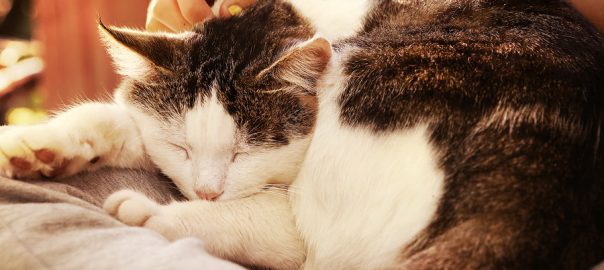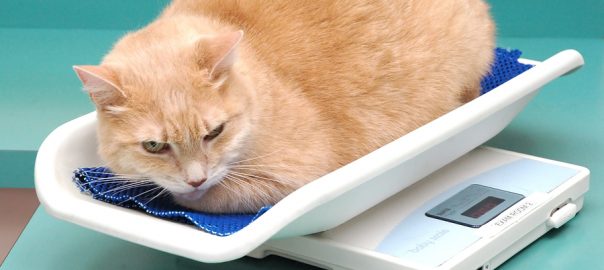If you’ve noticed your cat is moving more slowly and stiffly these days, she may be suffering from osteoarthrits. Here’s what you need to know.
Q: My cat seems to move more slowly these days, and it looks like he’s having some trouble getting in and out of his litter box. Could he have arthritis?
A: We do tend to think of cats as being the ultimate yoga masters, but they have joints, and those joints can become inflamed with age. Studies have shown that 90% of cats 10 years of age and older are likely to show signs of arthritis on radiographs (X-rays).
Because cats are so good at hiding physical problems from us, the signs of arthritis can be subtle. For instance, some cats start peeing or pooping outside the litter box because it’s not so easy to climb in and out of it, as you noticed. That’s often misidentified as a behavior problem instead of a pain-management issue.
Your cat may not jump as high or may prefer to stay on the floor instead of sleeping on the bed with you. He may be unable to groom himself as well as he used to, or you may notice that he shies away from being petted.
Here are some things you and your veterinarian can try to help him feel more comfortable: nutraceuticals such as glucosamine and chondroitin (Cosequin) may offer some relief. An injectable medication called Adequan seems to help as well. If your cat is overweight, talk to your veterinarian about implementing a diet and weight loss plan. Taking off some pounds will relieve pressure on his joints. Acupuncture may also be beneficial.
Environmental changes you can make include providing steps so the cat can more easily get on the sofa or bed, cutting an opening into the litter box so he can walk in and out, and providing a heated bed to soothe achy joints.
Be patient. Cats often respond better to pain therapy than dogs, but it can take four to six weeks before you start to see results.
There’s more – including information on hedgehogs as pets – in Pet Connection, the weekly nationally syndicated pet feature I co-write with Kim Campbell Thornton and my daughter, trainer Mikkel Becker.




